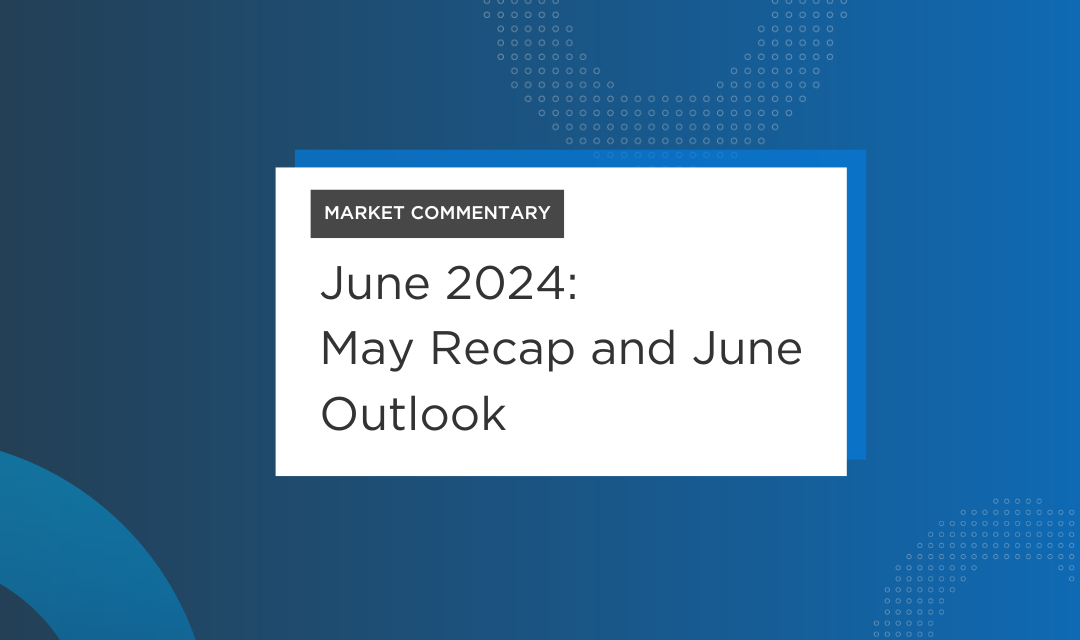Bridging the Retirement Income Gap
When estimating the amount of income needed in retirement, you may start by considering the type of lifestyle you want to live and the age at which you’d like to retire. But as retirement age nears, it may become apparent that prior income estimates may be insufficient to meet your actual needs. In this very common situation, it would be prudent to create a plan to bridge the projected income gap. Here are some strategies that may help.
Slow the rush to retire: 65 is just a number
Staying employed beyond the anticipated age or pursuing other work on a part time basis following retirement are both reliable and often used methods of closing an income gap. Taking either path will extend the earned income period, enabling opportunities to continue saving while delaying the need to utilize retirement savings or begin drawing social security, if eligible. For those staying employed, the additional earnings may increase the amount of their Social Security retirement benefit (and subsequently the survivor’s benefit, if applicable).
Delaying the beginning of Social Security payments beyond full retirement age (which is determined by one’s birth date), will also increase Social Security payments, regardless of prior income earned. In fact, the Social Security administration increases benefit payments for each year benefits are delayed beyond full retirement age up to age 70.
Choosing to work and draw Social Security benefits at the same time might seem like a good strategy, but be careful if employing this strategy before full retirement age since the benefits earned will be reduced by $1 for every $2 earned over a certain earnings limit ($19,560 in 2022, up from $18,960 in 2021). Once full retirement age is reached, earnings have no effect on Social Security retirement benefits.
Another advantage of slowing the race to retirement is that contributions can continue to tax-deferred (or in the case of Roth accounts, tax-free) IRA or employer-sponsored retirement plan accounts. Keep in mind that tax deferred accounts are likely to have amounts that are required to be withdrawn (and therefore taxed) beginning at age 72, commonly referred to as Required Minimum Distributions. Failing to make these withdrawals in a timely manner can result in tax penalties up to 50% of the amount required but not withdrawn.
For those covered by a pension plan at work, an attractive option may be retiring and drawing the pension, and at the same time seeking employment elsewhere. This strategy results in receiving pension payments and a salary at the same time. To avoid losing talented employees in this way some employers are beginning to offer “phased retirement” programs that allow employees to receive all or part of pension benefits earned while continuing to work for the same employer. It is very important to understand the details of one’s pension plan for this reason, among many others.
Spend less and save more
Modifying spending habits can help tremendously in the case of an income shortfall. Many times, seemingly small changes can have a big impact over time. Saving even a little money can really add up with consistent effort and a reasonable rate of return. Making permanent changes to spending habits will have a greater effect on extending savings to make them last even longer.
Start by tracking spending to see where money is going. Then, consider altering spending by setting budget targets so that spending relative to the targets can be tracked in real time. Here are some strategies that may help:
- Consider eliminating high interest credit card and loan debt by implementing a disciplined, methodical payoff plan; or by exchanging the high interest balances with a low interest home equity line of credit, making sure the risk of adding debt to a residence is understood.
- Consider reducing discretionary expenses in simple ways such as preparing lunch to bring in to work instead of buying it, and/or staying home more often for dinner.
- Consider moving to a less expensive home or apartment.
- Consider maintaining one less car than is currently owned.
- Consider mortgage refinancing if current rates are more than .5% lower than the current mortgage rate.
- If home and auto insurance hasn’t been shopped in the last three years, consider doing so since there is a tendency in these kinds of policies for rates to increase annually.
- The amount of life insurance needed generally diminishes over the course of a lifetime. Consider a policy review to see if it may be advantageous to lower the cost of the policy by lowering the benefit amount.
Make sure that all dollars are working as hard as possible. When paying bills make sure to pay yourself first. Banks should be paying their customers to hold their money. If that is not the case in your situation, do an internet search for “high yield savings accounts.” When Cash Reserve accounts are full, set aside the money you save for retirement and invest it appropriately. Try to take advantage of an 457(b), 403(b), 401(k), IRA or other tax-deferred retirement plan if possible since assets in a tax-deferred account will grow more rapidly over time than the same investments in a taxable account.
Review asset allocation and asset location
Time horizon is the determining factor in the allocation decision. Time Horizon in the length of time that will pass before the money is needed to be spent. Generally, if the time horizon is greater than five years the dollars should be invested rather than placed in a bank account. And the longer the time horizon beyond 5 years, the more aggressively the portfolio can be invested. Consider that the S&P 500 index has not been negative in any rolling 12-year period since the index began being tracked in the early part of the 20th century (Source: Bloomberg). Get advice from a financial professional if you need help deciding how assets should be allocated.
Some people make the mistake of investing too conservatively to achieve their retirement goals. It is important to understand that as portfolios are made more aggressive that potential for loss increases. But potential for gain also increases, and as gains result in larger accounts over time, the larger accounts will help extend the length of time that money will last in these accounts. And with life expectancies rising and people retiring earlier retirement funds need to last longer.
Another factor in maximizing the result of investment portfolios is to place assets in the account type that is most tax efficient. Doing so will lower one’s tax liability, increasing the after-tax return on the account. Securities that pay interest, such as individual bonds and bond funds, are most tax efficient when placed in a tax deferred account since the high rate of taxation on interest will not be applied. Stocks and stock funds are better placed in taxable accounts where their growth (if held for more than a year when sold) will be taxed at capital gains rates, less than ordinary income rates for most people. In addition, the qualified dividends many stocks and stock funds provide are also taxed at lesser rates than ordinary income for most people.
Keep in mind that there is no asset allocation or asset location strategy that can guarantee a profit or insure against a loss. There is no guarantee that any investment strategy will be successful as all investing involves risk, including the possible loss of principal.
Remember that the best way to bridge your retirement income gap is by talking to a professional advisor so your strategy reflects your individual situation.
To learn more about these strategies or for help with your own scenario, contact us. Schedule your no-obligation consultation with TCG Advisors today to ask all your questions.
DISCLOSURES
Investment advisory services offered through TCG Advisors, an SEC registered investment advisor. Insurance Services offered through HUB International. Part of this material was prepared by Broadridge Investor Communication Solutions, Inc and Seven Group, Inc. Although the information in this blog has been compiled from data considered to be reliable, the information is unaudited and is not independently verified.
Tax services offered through RPW Solutions. TCG Advisors does not provide tax, legal or accounting advice. This presentation was prepared for information purposes only, and is not intended to provide, and should not be relied on for, tax, legal or accounting advice. You should consult your own tax, legal and accounting advisor before engaging in any transaction.
This website is not authorized for use as an offer of sale or a solicitation of an offer to purchase investments. This website is for informational purposes only and does not constitute an offer to sell, a solicitation to buy, or a recommendation for any security, or as an offer to provide advisory or other services in any jurisdiction in which such offer, solicitation, purchase or sale would be unlawful under the securities laws of such jurisdiction.
TCG.45.2022


